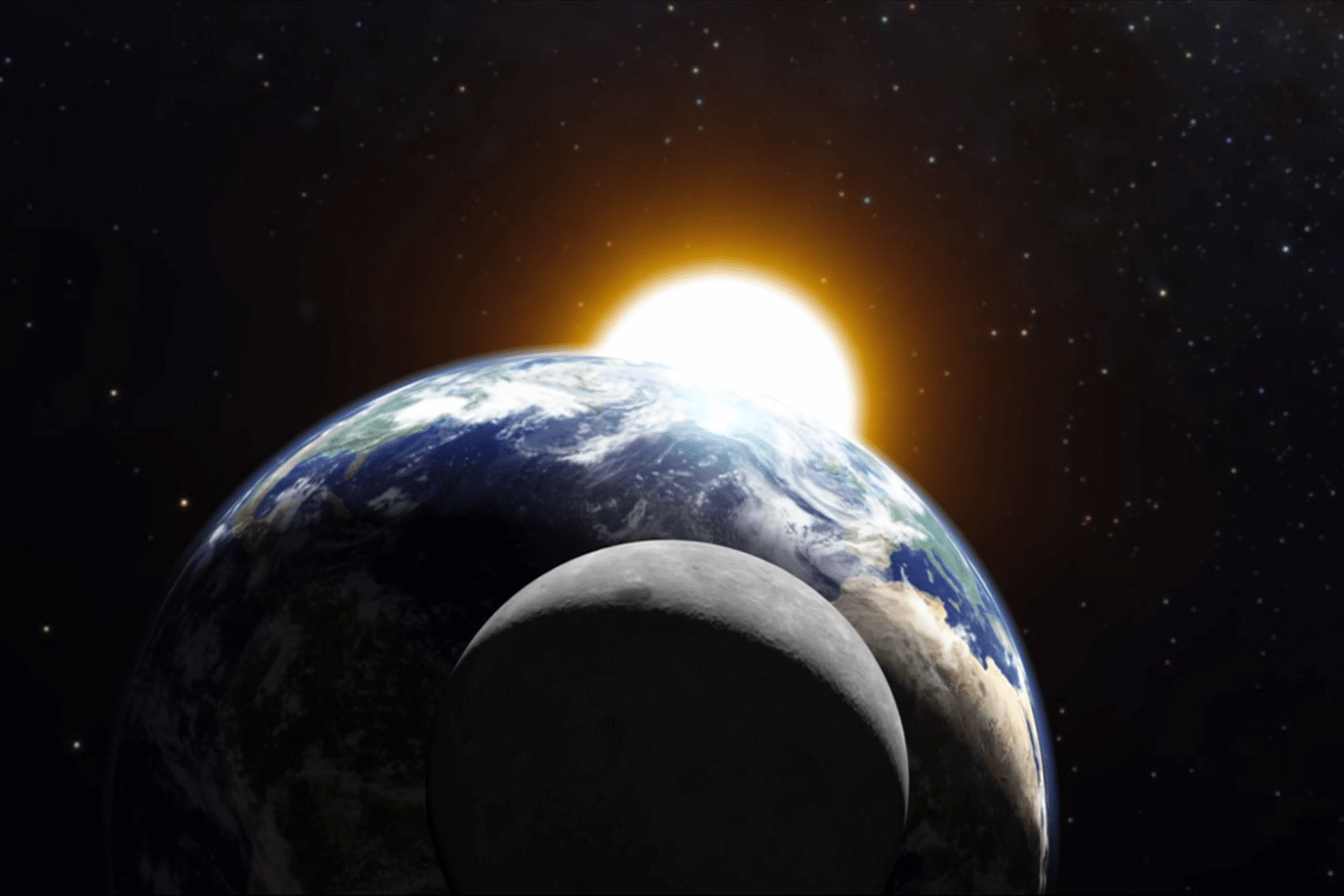Earth, sun and moon – these three celestial bodies are with us every day. Many people don’t think much about why, how and why not. Here are the most interesting facts
Earth, sun and moon: what you should know
You are happy every day when the sun shines. You are just as fascinated by the moon when it is in full splendor in the sky and you probably hardly give our earth a second thought. These things are known about our sun, for example.
- The sun is just over 4 billion years old. It is still relatively young, in contrast to other stars.
- But it will be another five to six billion years before the sun slowly cools down. So it will be with us for a long time to come.
- Our star, the sun, is known as a yellow dwarf. At some point, it will be a red giant and mutate into a white dwarf in around 12 billion years. By then, our sun will have lost many times its luminosity
- The sun is about 110 times larger than the Earth. About 960,000 globes would fit inside it.
- Its weight is about 330,000 times the weight of the Earth. The distance to Earth is just under 150 million kilometers. A ray of sunlight takes about 8.5 seconds to reach the earth.
- Our sun’s home is around 25,000 light years away from the center of our Milky Way galaxy. One orbit around the black hole at the center of our galaxy takes about 240 million years. Since its formation, the sun has orbited the center 19 times.
- The sun generates its energy through nuclear fusion. Hydrogen is fused into helium and energy is released in the form of heat and light. The temperature inside the sun is around 15 million °C.
The Earth
Our Earth is a beautiful blue planet in the solar system. For its inhabitants, it includes an annual trip around the sun, without which life on Earth would not even exist. Here are some things you should know about your home planet.
- Our Earth is the third planet to orbit the sun. Only Mercury and Venus are closer to it.
- The Earth originated around 4 billion years ago. At that time, of course, it was not yet habitable.
- The special thing about our planet is its tilted axis. It has an inclination of 23.44 degrees.
- The Earth takes one year to complete one orbit around the sun. To be precise, it takes 365 days, 6 hours, 9 minutes and 9.5 seconds. Its speed is a good 107,000 km/h.
- The Earth also revolves around itself. One revolution is referred to as one day. The exact period is 23 hours, 56 minutes and 4.1 seconds.
- The Earth’s rotational speed varies. At the equator, it is just under 1,700 km/h. At the poles, the rotational speed is lower.
- The Earth’s land mass is just under 150 million square kilometers. It therefore accounts for around 29% of the earth’s surface.
The moon
There are many theories about the origin of the moon. Most scientists assume that it was formed by a collision with the Earth. Parts of the primordial Earth were detached and thrown into orbit. This is said to have formed the moon. The fact is that the moon has played a significant role in life on Earth.
- Our moon is one of many in the Milky Way. It is joined by a total of 184 moons orbiting the planets. It ranks 5th in the order of magnitude.
- Its distance from Earth is a good 384,000 kilometers. The moon’s gravitational pull is significantly less. A person weighing 80 kilograms would only weigh a good 13 kilograms here.
- The moon was first set foot on by a human being in 1969. Neil Armstrong was the lucky one. The last man on the moon was astronaut Eugene Cernan in 1972.
- The moon is about 13 times smaller than the Earth. It has a surface area of almost 38 million square kilometers and a diameter of just under 3,500 kilometers at the equator. Temperatures on the moon vary between +130 °C on the front and -160 °C on the back.
- A trip to the moon today would take about 60 hours. However, it is moving away from the Earth by almost four centimetres every year.
- The special thing about the moon is that the orbital period around the earth and the rotation time around its own axis are the same. They are 27 days, 7 hours and 43.7 minutes. This is why we never see the far side of the moon
- The moon exerts a major influence on the Earth. It is responsible for ebb and flow and also raises and lowers the entire Earth’s mantle.
- If we see it as a full moon, the Earth is between it and the sun. At new moon, it is between the sun and the earth.
